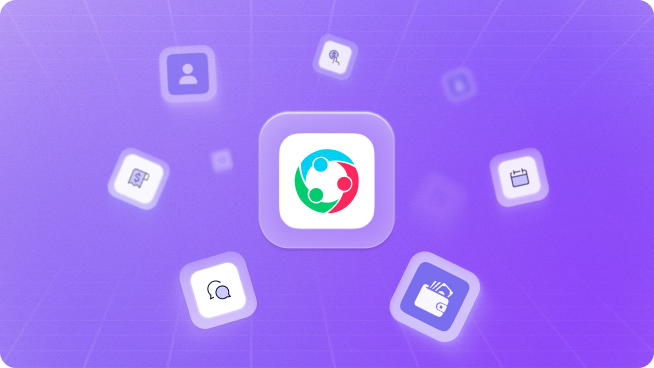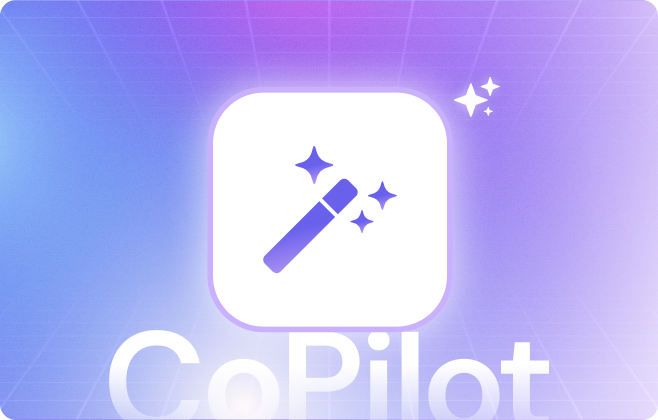Products
-
Products
Unified HRMS

Empower Your Workforce with Our Integrated, Scalable Unified HRMS Solution
-
Platform
Platform

Transform Your Business Operations with Our Advanced, Flexible Platform
-
Solutions

“Akrivia HCM has been ‘nothing short of transformative and has user-friendly interface.”
Solutions by Industry -
AI in HR
AI in HR

Revolutionize HR with AI-Driven Insights and Automation for Smarter Decisions
-
Resources
Global Payroll Hub

Effortlessly Manage Global Payroll with Seamless Integration and Compliance
- About Us
- Contact Us
×
-
Products
Unified HRMS

Empower Your Workforce with Our Integrated, Scalable Unified HRMS Solution
-
Platform
Platform

Transform Your Business Operations with Our Advanced, Flexible Platform
-
Solutions

“Akrivia HCM has been ‘nothing short of transformative and has user-friendly interface.”
Solutions by Industry -
AI in HR
AI in HR

Revolutionize HR with AI-Driven Insights and Automation for Smarter Decisions
-
Resources
Global Payroll Hub

Effortlessly Manage Global Payroll with Seamless Integration and Compliance
- About Us
- Contact Us




